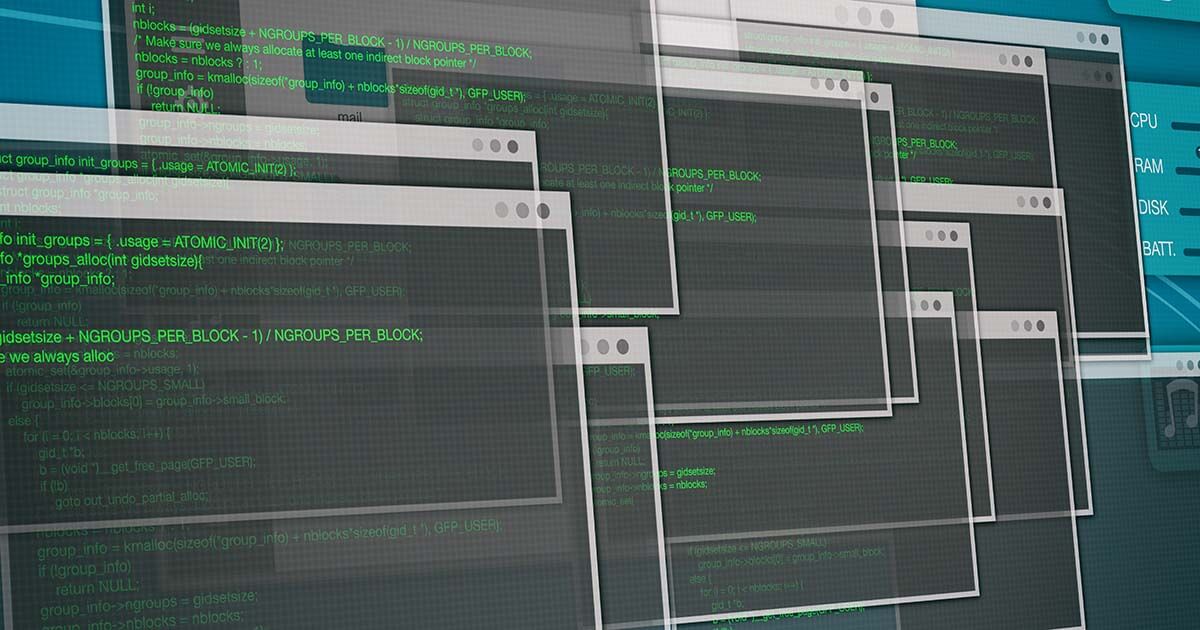


To copy all the files in the current directory, use copy *.* DESTINATION.Ĩ) X-COPY D:\http\test>xcopy *.* d:\http\temp /e To copy a file, simply specify the source file and destination – copy SOURCE DESTINATION. Hit exit when done, and this will close the current session.įILE ACTIONS 7) COPYING FILES D:\http>copy README.txt d:\http\temp When the screen gets too messy, use cls to clear the screen.įrom the command prompt, we can also launch various apps.Ĭaptain Obvious to the rescue again. to go up one level, or cd/ to go all the way back to the root of the current drive.
#WINDOWS COMMAND PROMPT COMMANDS LIST FULL#
For the above example, we can just type out cd h and press tab to cycle through the list of folders starting with “h”.Īnother way to use the cd command is to enter a full file path. There is one trick here – We don’t actually need to type out the full folder name.

Next, we have the cd command… Should be Captain Obvious, changes the current directory. To list the contents of the current folder, use the dir command. If you want to change the current directory to another drive, simply enter the drive letter – For example d: or e.Ģ) LIST CONTENTS OF CURRENT DIRECTORY D:\>dir That is, the current location is at the C:\ drive, inside the default Users\NAME folder. This should pretty self-explanatory, it is your “current directory”. When the command prompt is launched, all that is staring back is a C:\Users\NAME. Now that you have launched the command line, here are some of the basic commands to know.īASIC NAVIGATION 1) CHANGING THE CURRENT DRIVE Microsoft Windows


 0 kommentar(er)
0 kommentar(er)
